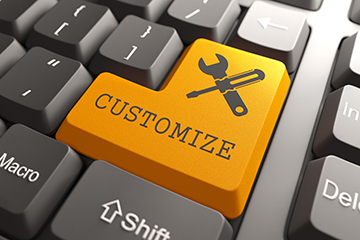Call Don today: 951-533-4966
Make Your Chart of Accounts Work for You

Your Chart of Accounts can be an important tool to help you monitor your business and make intelligent decisions. Or not. It all depends on how things are set up.
The “generic accounts setup” should just be a starting point
Every business’ Chart of Accounts will include some of the same general accounts, such as cash, accounts receivable, assets, equity (hopefully), accounts payable, income, expenses, cost of goods sold (COGS), payroll taxes, etc.
However, I recommend that businesses never operate with just a generic Chart of Accounts, particularly when it comes to income and expenses. To really make your Chart of Accounts work for you, take the time to set up the accounts that are specific to your industry and how you want to monitor and manage your business.
What exactly would you like to be able to track and analyze? What level of granularity will help you determine how different aspects of your business are really doing? You need accounts that track this information
Example: Structural Concrete Contractor
Say you’re running a construction contracting business specializing in structural concrete services. To set up your Chart of Accounts, start with the “generic” recommendations for construction contractors and then customize from there. Some of the things you may want to track include:
• Labor costs by pay category – To give you an understanding of your regular time pay, overtime pay and fringe benefits costs.
• Materials expenses by material type – Ideally your Chart of Accounts will mirror the details in the “Schedule of Values” (i.e. a breakdown of what it will cost to complete the job) that you use to create your bids.
In other words, don’t just lump rebar, concrete, wood and other materials into one “materials” account. If you do, then if you go over on materials, figuring out why will take a lot of work. Tracking materials expenses based on the same line items that are on the Schedule of Values lets you easily make an item-by-item comparison of actual to plan and quickly pinpoint the problem area.
Having this information available is helpful even if you don’t have any overages. When you’re three months into a six-month project, this data will help you determine if you’re ahead of the game or behind.
• Indirect costs – Think about how indirect costs impact how you want to track the performance of the job, and set the accounts up accordingly.
Need help getting your Chart of Accounts set up right? Give me a call and put my broad experience to work for you.